ABOUT THE AUTHOR A K Sharma
Shri A.K. Sharma is an archaeologist of repute. He is internationally known for his original contributions in the field of archaeology and anthropology. During thirty three years of his hectic career, in different capacities in the Archaeological Survey of India he explored and excavated a number of sites throughout the length and breadth of the country, particularly in remote and inaccessible areas of North-East India, Jammu Kashmir and Lakshadweep. To his credit goes the discovery and excavation of the biggest Stone Age site Anangpur, near Delhi, the biggest prehistoric cave of Kachagad in Maharashtra, the sprawling nucleus megalithic site in Chhattisgarh, unique Neolithic site of Gufkral in Kashmir Valley, early historic sites of Sekta in Manipur and Vadagokugiri in Garo Hills of Meghalaya. He is also known for the discovery of horse bones of domesticated horse in Harappan context which have been internationally acknowledged and has changed the whole theory about Aryans and Vaidic period. He worked at Kalibangan excavation from 1961 to 1969. He has to his credit more than 50 published research papers on anthropology, archaeozoology, prehistory and other aspects of archaeology. Presently he is working as Senior Fellow of Indian Council of Historical Research on his project “Megaliths of Chhattisgarh including Bastar:. He is also directing the excavations at Mansar near Nagpur.
ABOUT THE AUTHOR B B Lal
An archaeologist of international repute, Professor B.B. Lal was the Director General of the Archaeological Survey of India. His excavation at Kalibangan in Rajasthan has brought to light a prosperous city of the Harappan Civilization. The excavations at Hastinapura, Indraprastha, etc. have established that there was a kernel of truth in the Mahabharata, though the epic is full of interpolations. The excavations at Ayodhya, Sringaverapura, etc. have shown that the Ramayana too has a basis in history. In 1961, he conducted excavations in Egypt, which threw valuable light on Egyptian prehistory. He has published over 150 seminal research papers, variously in India, USA, UK, France, Italy, Egypt, Japan, etc. Amongst his recent books are: The Earliest Civilization of South Asia (1997); India 1947-97: New Light on the Indus Civilization (1998); The Sarasvati flows On: The Continuity of Indian Culture (2002); The Homeland of the Aryans: Evidence of Rigvedic Flora and Fauna and Archaeology (2005); Rama: His Historicity, Mandir and Setu (2008); How Deep are the Roots of Indian Civilization? Archaeology Answers (2009). In 1982, Mithila Visvavidyalaya conferred on Professor Lal the title of Mahamahopadhyaya. In 1994, he was awarded D. Litt. (Honoris causa) by Institute of Archaeology, St. Petersburg, Russia. The same year he was elected President of World Archaeological Congress. In 2000, the President of India honored him with Padma Bhusana.
ABOUT THE AUTHOR K.S. Ramachandran
Kattalai S. Ramachandran (b. 1926) graduated from the University of Madras in History and Economics in 1947. Soon after, he joined the Archaeological Survey of India associating himself with the explorations and excavations aspects of the Survey. For more than a quarter of a century Ramachandran has participated in almost all the major excavations conducted by the Survey viz. Sisupalgarh, Sanur, Ujjain, Lothal, Kalibangan, Purana Qila, etc., and has specialized in the Iron Age, particularly of Tamil Nadu. He has also developed a lasting interest in art and iconography. Ranachandran has contributed more than four-score research papers of lasting interest to various journals, besides editing more trhan half a dozen books. His other books are: A Bibliography on Indian Megaliths; Radiocarbon Dates of Archaeological sites in India; A Bibliography of Harappan cultures of India and The Neolithic cultures-an annotated bibliography.


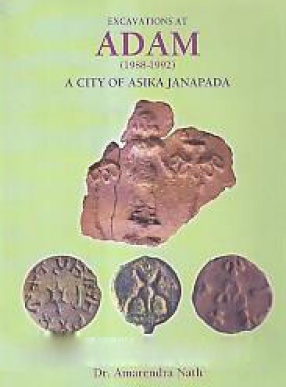
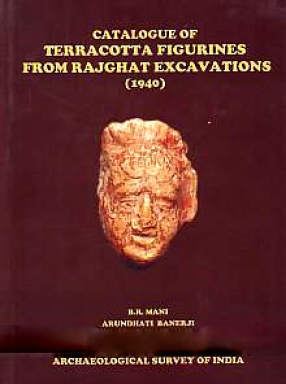
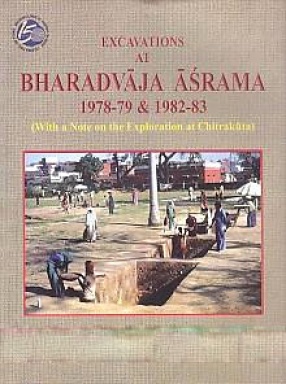

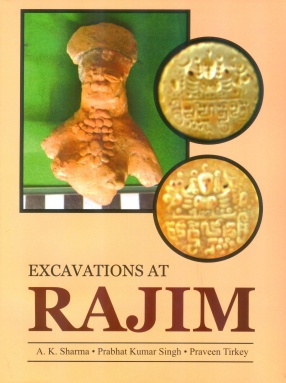
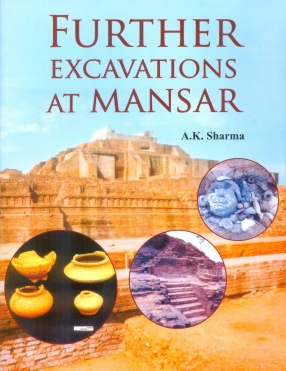
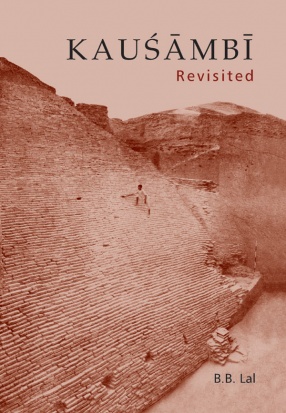
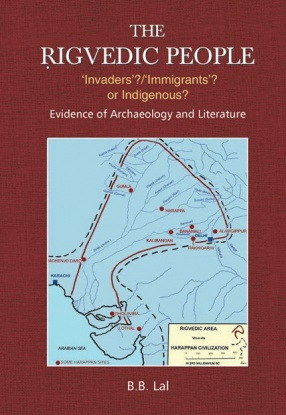
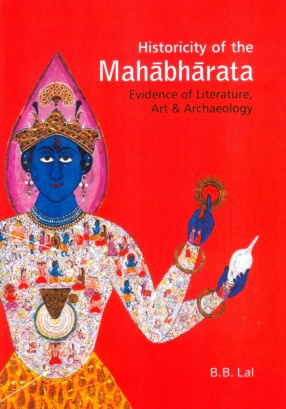

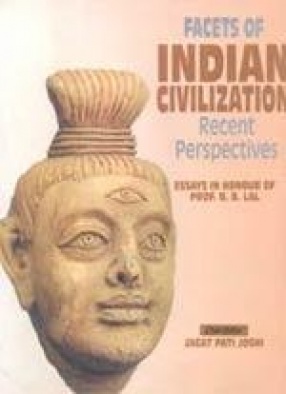
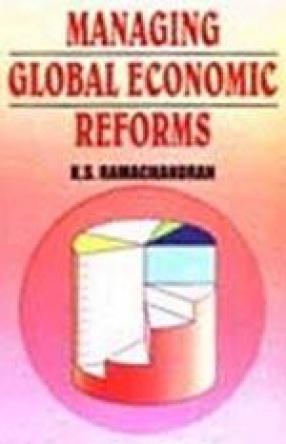


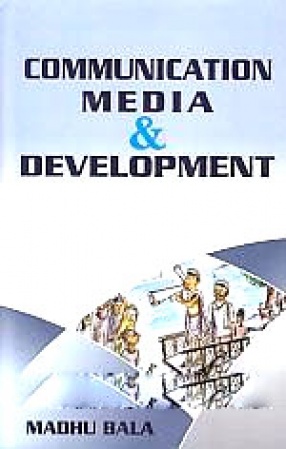
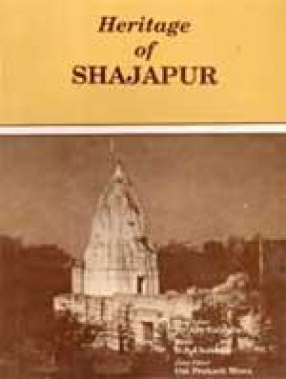
There are no reviews yet.